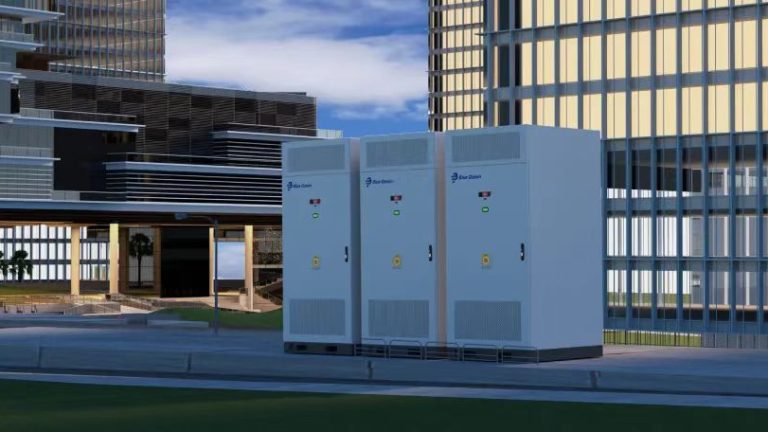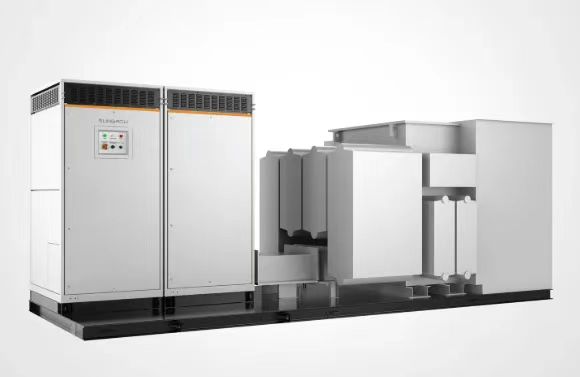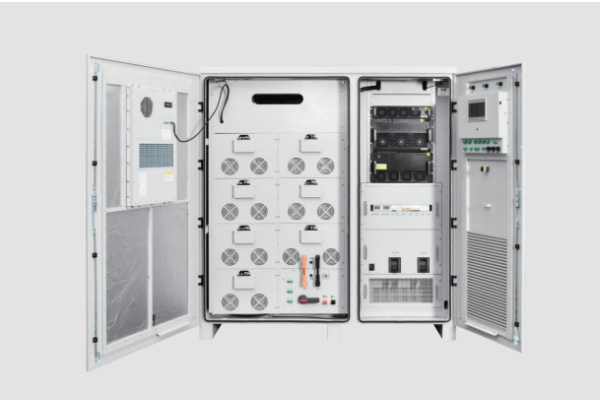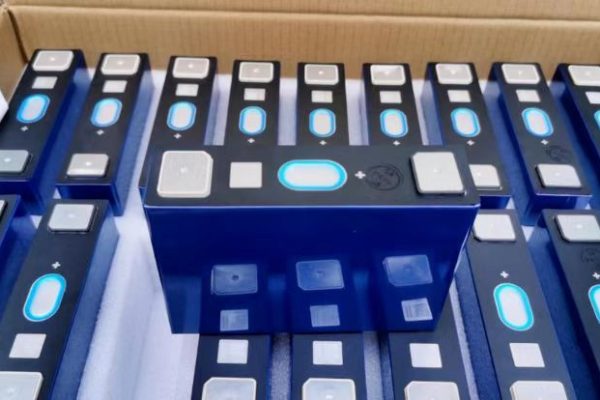The Hidden Impact of Classification
When exporting energy storage systems (ESS) and lithium batteries, Harmonized System (HS) codes play a decisive role in determining import tariffs, customs clearance speed, and even eligibility for preferential trade agreements. Misclassification can lead to higher duties, shipment delays, or penalties, making it essential for exporters to understand how HS codes shape international trade costs.
1. What Are HS Codes?
- Definition: HS codes are standardized numerical identifiers for traded goods, managed by the World Customs Organization (WCO).
- Structure: Typically six digits globally, with countries adding additional digits for further classification.
- Purpose: Used by customs authorities to apply tariffs, track trade statistics, and enforce regulations.
2. Typical HS Codes for ESS Products
- Lithium-ion cells: HS 8507.60
- Lithium-ion battery packs: HS 8507.60.20 (varies by country)
- Energy storage systems (with inverters/control units): Often classified under HS 8504 or HS 8537
- Hybrid products (PV + storage): Sometimes fall under different categories depending on integration level
Exporter Tip: Always verify codes with local customs or freight forwarders, as interpretations vary by country.
3. How HS Codes Affect Import Tariffs
- Tariff Rate Determination: Each HS code corresponds to a tariff percentage applied at import.
- Preferential Treatment: Products may qualify for reduced tariffs under free trade agreements (FTAs) if classified correctly.
- Duty Disputes: Incorrect HS codes can trigger audits, back payments, or fines.
Example: Classifying a system as “cells” instead of a “finished ESS” may increase tariffs by 10–15% in some markets.
4. HS Codes and Non-Tariff Barriers
- Certification Requirements: Some HS codes automatically trigger requests for certificates (e.g., UN38.3, CE, UL).
- Quota Systems: Certain codes may be subject to import quotas.
- Trade Sanctions: Misclassification may lead to unintended violation of restricted product lists.
5. Impact on Different Buyers
- Manufacturers: Prefer cells and packs with HS codes that keep duties manageable.
- Distributors/EPCs: Benefit from finished systems classified under codes with lower tariffs.
- End Users: Ultimately face higher costs if HS codes drive up tariffs.
Exporter Tip: Help buyers understand tariff implications during negotiation—it can influence purchase decisions.
6. Common Mistakes Exporters Make
- Assuming one HS code fits all markets – Codes differ slightly by country.
- Overlooking subcategories – Additional digits may change tariff rates.
- Not consulting customs brokers – Leads to unexpected duty bills.
- Ignoring product changes – A modified design may require reclassification.
7. Strategic Recommendations
- Pre-shipment Verification: Confirm HS codes with local customs for each shipment.
- Quotation Transparency: Include HS codes in offers to clarify tariff expectations.
- FTA Utilization: Explore preferential tariff programs (e.g., EU–China, ASEAN agreements).
- Documentation Accuracy: Ensure invoices, packing lists, and shipping documents all use the same HS code.
HS Codes as a Profit Lever
For ESS exporters, HS codes are more than paperwork—they directly impact profitability. Proper classification lowers tariff costs, speeds up customs clearance, and enhances buyer trust. By treating HS code management as a strategic part of export planning, companies can reduce risks, protect margins, and position themselves as reliable partners in international trade.









